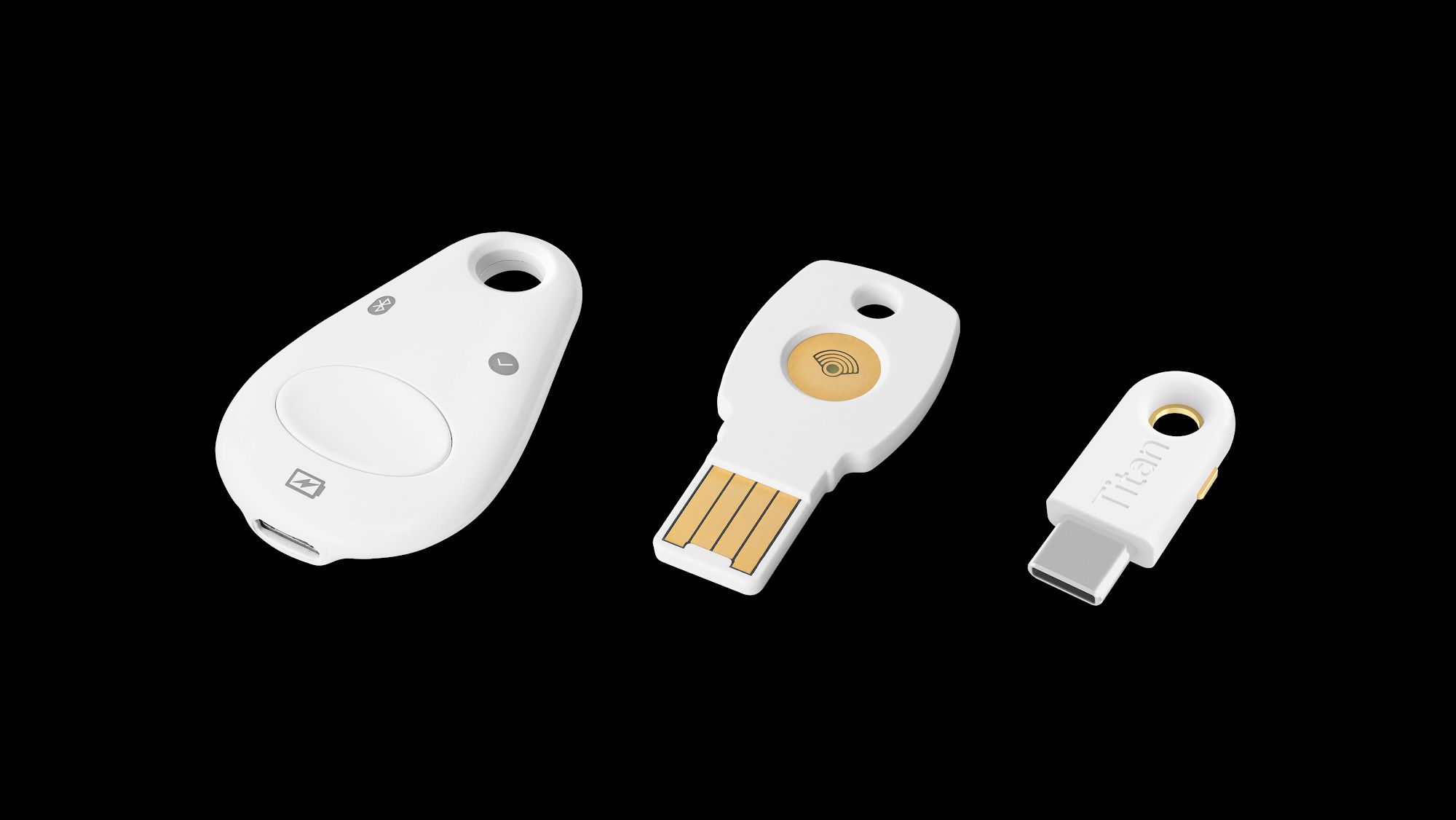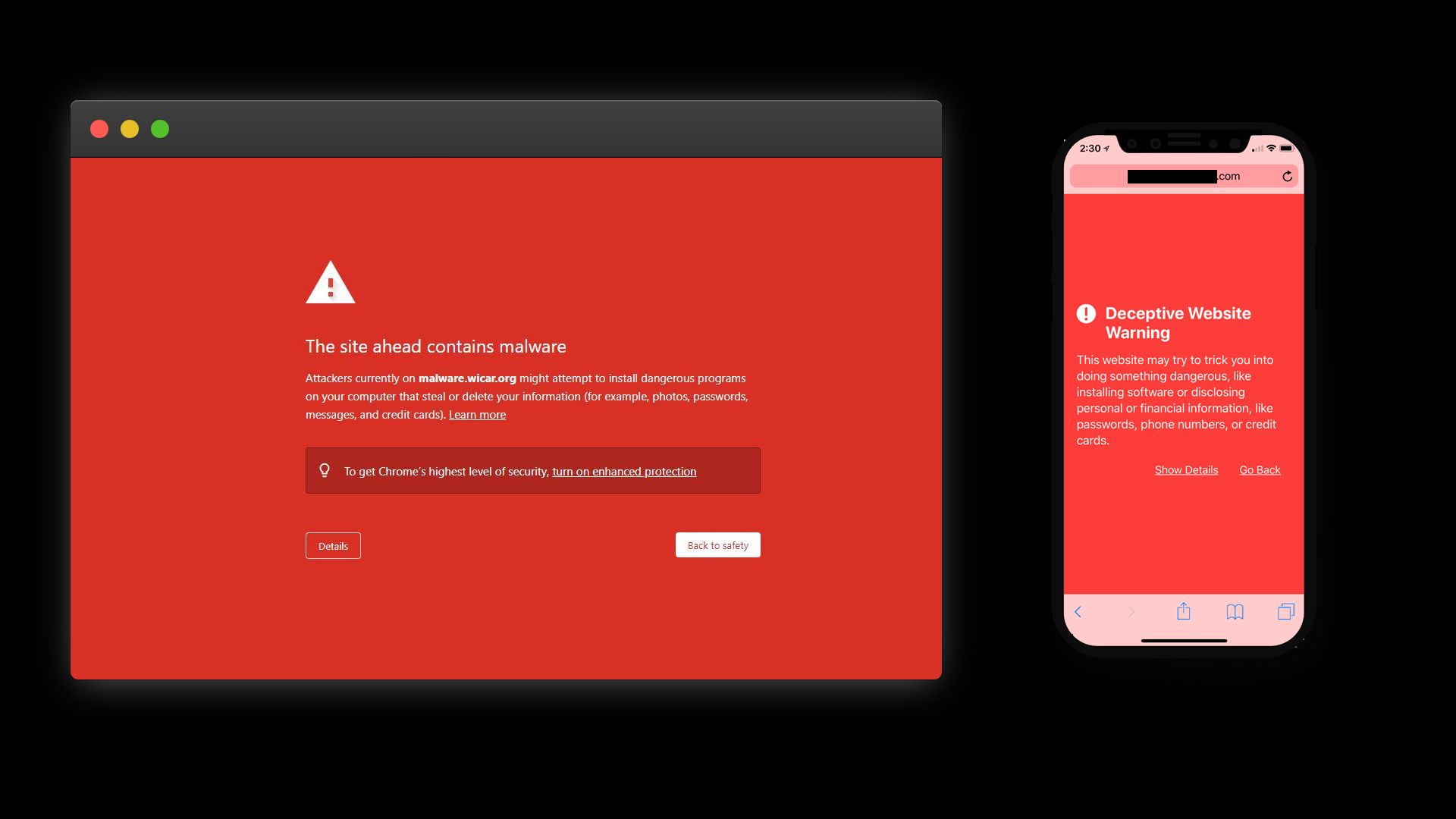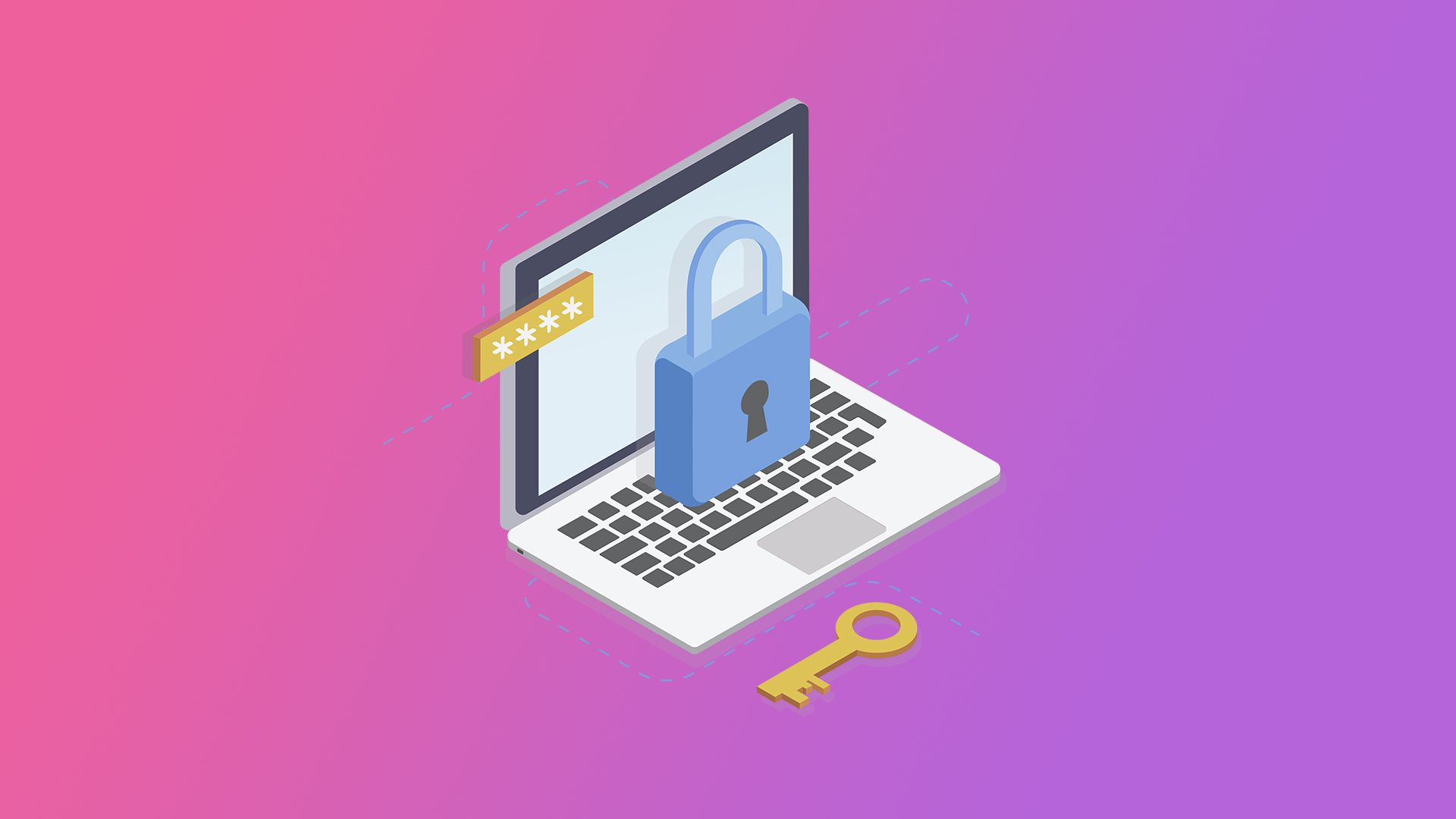Here are the ten most important steps you can take to stay safe online. To make those steps easy to remember, I made an infographic that you can save or even print.
-
Update your devices: Keeping your phone and computer up-to-date is the first step to being safe online. Start by updating your operating system and turn on automatic updates if you haven’t done so. Every major system offers this feature, including Android, Chrome OS, iOS, macOS, and Windows.
-
Keep your apps up to date: Make sure that your apps, in particular your browser and chat apps, are up-to-date to ensure that you are safe while using the Internet. On mobile devices, turn on app auto update and periodically check to make sure that it’s working—here is how to do so for Android and iOS. On your computer, here is how to do so for Chrome, Firefox, and Microsoft Edge.
-
Back up your valuable data: Back up the data you care about, such as photos, videos, and documents, on an external hard drive or using a cloud service such as Google Drive or Dropbox. Backups will ensure that your precious data will be safe from computer failure, unwanted deletion, and ransomware attacks. For maximum security, you can combine a local backup with hard drive and cloud backups.
-
Use a password manager: The most important rule for being safe online is to choose a different hard-to-guess password for each website you use. Long, random passwords prevent brute-force attacks. Using a different password for each account prevents having all your accounts compromised at once when a data breach occurs because of password reuse. However, because no one can invent and remember a gazillion random passwords, the best way to have a strong unique password for each site is to use a password manager. My personal choice is 1password, but there are other good alternatives.

-
Keep your account information up-to-date: Every year or so, take a moment to go through your most important accounts and check to make sure that they each have your correct contact information, including your email address and phone number. If you use a weak password, take the time to upgrade it using your shiny new password manager. As shown in our research on secret questions, providing the correct phone number or email address greatly improves your chances to recover your account successfully.
-
Use two-factor authentication for your important accounts: Add a second factor to the accounts for the services that you care the most about, such as Gmail, Dropbox, Facebook, Twitter, GitHub, iCloud, and Steam.
-
Use security keys for vital accounts: For very valuable accounts such as your email, social media, and cryptocurrency-related accounts, it is worth going the extra mile to invest in physical FIDO2 security keys that provide a stronger level of security than any other two-factor authentication technology, as they are phishing proof.

- Respect browsers’ security warnings: Paying attention to warnings is the most overlooked essential advice to stay safe online. Every modern browser will show you a warning when you are about to visit a dangerous website. When you see one, as illustrated below, don’t ignore it. Come back another time when the site is cleaned up. Similarly, as tempting as it can be, don’t download a program if your browser or antivirus says it is malicious.

-
Review your privacy settings: Review your settings for social networks and sharing sites to make sure you are only sharing your data with those you intend to. For example, Facebook created a privacy checkup tool to help you with this.
-
Configure your computer security software: Make sure your antivirus and firewall are working properly. Here is how to check this for Windows 10 and OSX. Tom’s Guide and other sites have reviews to help you choose the antivirus software that is best for you.
Thank you for reading this post till the end! If you found these tips useful, please take a moment to share them with people who might benefits from them. To get notified when my next post is online, follow me on Twitter, Facebook, or LinkedIn. You can also get the full posts directly in your inbox by subscribing to the mailing list or via RSS.
A bientot 👋




